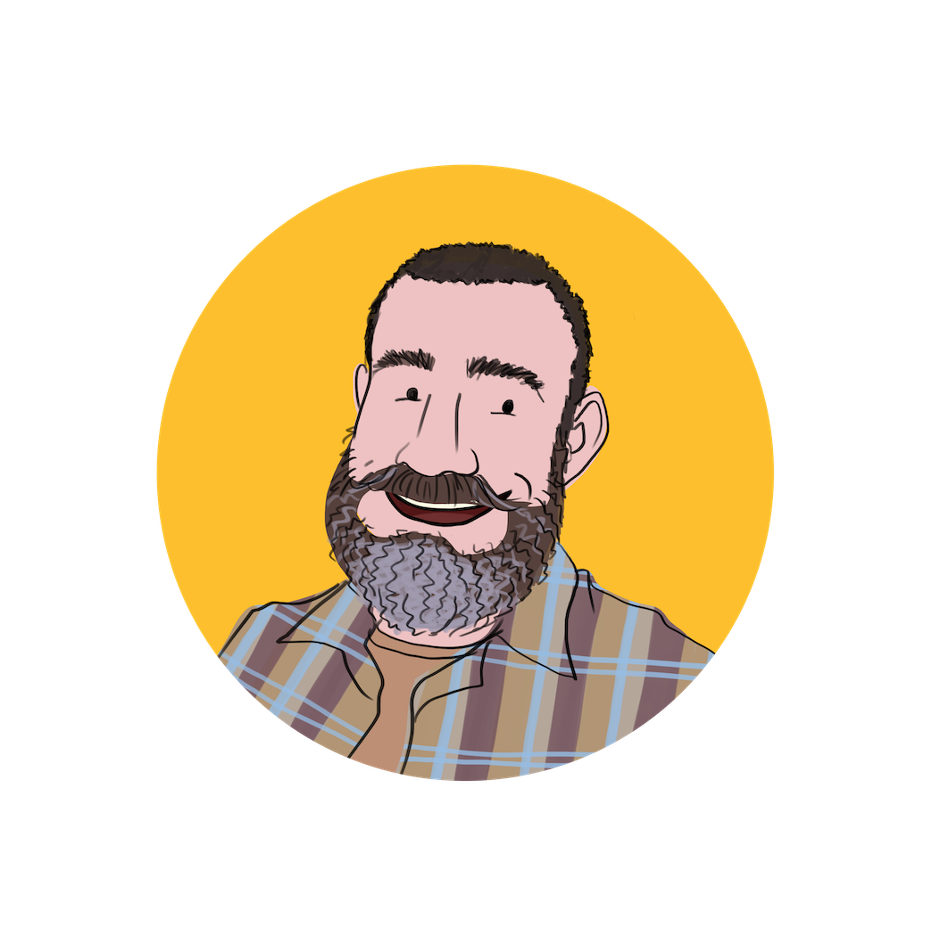Hello, we’re Phil and Tony
We’re the founders of Ding Learning. If you haven’t met us before, you may be wondering why we launched Ding.
Well, the truth is few things upset us more than a poor quality learning experience. We believe life is too short to waste time and money on ineffective learning and training.
But before we get into that, let us give you an insight into the birth of Ding!

How Ding began

Tony: Phil, when I think back to when we first started Ding Learning, it’s amazing how far we’ve come. Remember how the pandemic really brought educational issues into sharp focus? We saw education providers scrambling to move online, and it hit us – this was a genuine opportunity for fundamental change.
We weren’t just looking to patch up the system; we wanted to reimagine it entirely. Our vision was to create learning experiences that would do more than just deliver knowledge – we dreamed of sparking genuine curiosity, igniting real excitement and producing lasting change in learners.
Phil: Absolutely, Tony. Those early conversations were electric with possibility. We both brought such complementary experiences to the table – your background in learning technology and academic development, my career in creative education and industry projects. It was the perfect storm of expertise to fuel our vision.
We set out to challenge the status quo in education, to ask those difficult questions, and propose innovative solutions. We wanted to recreate that ‘ding’ moment – you know, when a new idea strikes – for learners through our work. It was ambitious, but we knew it was necessary. And that’s how Ding Learning was born – from our shared belief in the transformative power of well-designed learning experiences.

Our core values and approach

Tony: At the heart of everything we do at Ding is empathy. We believe empathy is the ultimate learning design tool because It unlocks doors, removes barriers, and inspires inclusive, transformative learning. By using empathy, you can truly understand learner needs and harness the power of creative thinking to solve educational challenges.
But we also balance empathy with pragmatism. Learning design enables us to cut through bias and personal preferences, and instead focus on the most appropriate design for a specific experience. It’s about dreaming big, but also delivering practical, implementable solutions that make a real difference.
Phil: Yes indeed, and let’s not forget the power of creativity in our approach. As I often say, “Creativity isn’t just for ‘creatives’ it’s a fundamental human capability that can transform any learning product or experience.” We’ve expanded this concept beyond just the traditional creative disciplines.
We believe that practices such as experiential learning, critical thinking, and innovative problem-solving are fundamentally important in any course. Whether we’re working with a fine arts programme or a data science course, we apply the same creative, empathetic approach to learning design. Our creative approach to learning design unlocks the potential to increase student engagement and outcomes in any disciplines.

Supporting innovators
Phil: We’re passionate about working with start-ups, challenger institutions, and innovators who are reshaping the educational landscape. We offer our expertise to businesses, edtech companies and training providers, helping them develop cutting-edge learning experiences that move the needle on employability and skills development.
I firmly believe that the future of adult learning is about nurturing a diverse ecosystem of providers who can meet the evolving needs of learners and industries.


Tony: You’re spot on, Phil. Our work enables us to be at the forefront of this evolution, supporting the people and businesses who are challenging the status quo of learning and driving positive change. It’s not just about working with the big, established players – it’s about helping these newer, more agile businesses lead the way in educational innovation.
We’re proud and excited to support their growth with our insights into creative education and learning design. This work is fundamental to creating an educational ecosystem that is more responsive, more inclusive, and better equipped to meet the challenges of our rapidly changing world.
Our ongoing mission
Phil: Everything comes back to our mission: to transform lives through awesome courses and learning products. Whether we’re building courses and programmes, training learning designers, or tackling complex problems using learning design tools and techniques, our goal remains the same. We’re creating ripples that turn into waves, transforming not just individual learners, but entire educational ecosystems.
It’s about leading and enabling the evolution of learning and training to produce a more diverse and dynamic sector. This is what is needed in order to respond to the needs of graduates, businesses and the planet in the 21st century. And we’re doing it all with a focus on collaboration, inclusivity, and lifelong learning.


Tony: I couldn’t agree more, Phil. Our holistic vision drives everything we do. Through our thought leadership – like Ding’s Learning Design Almanac, our blog, our journal and the Ding-O-Meter Podcast – we contribute to the broader conversation about the future of learning. Our consultancy work and partnerships allow us to put our ideas into practice, creating bespoke solutions for diverse clients.
And we’re committed to creating learning experiences that are accessible and beneficial to all learners, regardless of their background or circumstances. Nothing pleases me more than helping people achieve those ‘ding’ moments!
We're experts in end-to-end course development
Whether you need a new course, or more capacity to deliver existing courses, we’ve got you covered.
Our Needs Analysis tool will help you determine the type of engagement that would best fit your requirements

What are you interested in?

Increasing Capacity for Learning Teams

Support for Apprenticeship Providers

